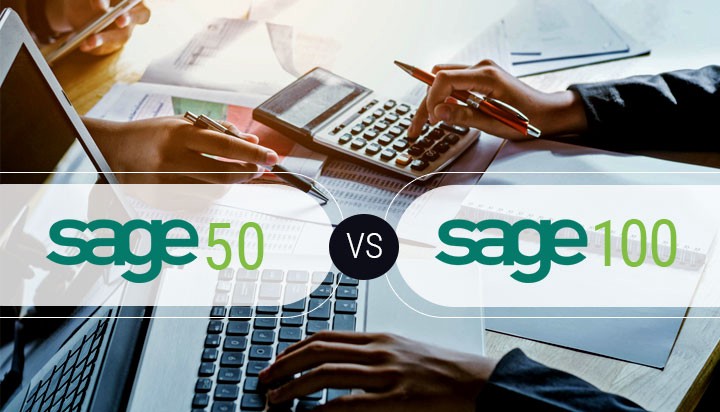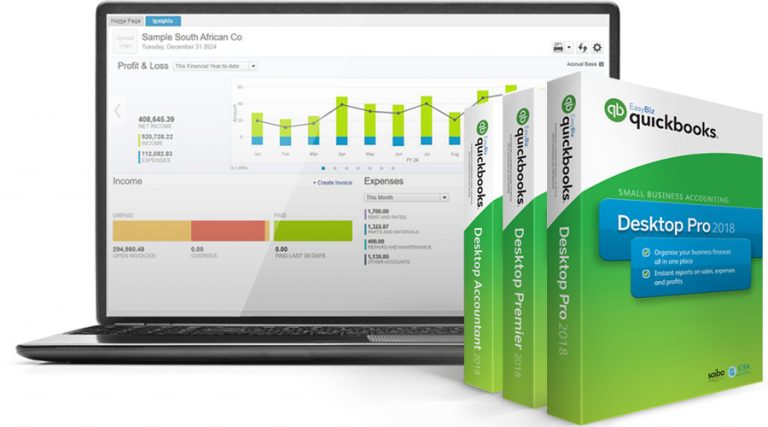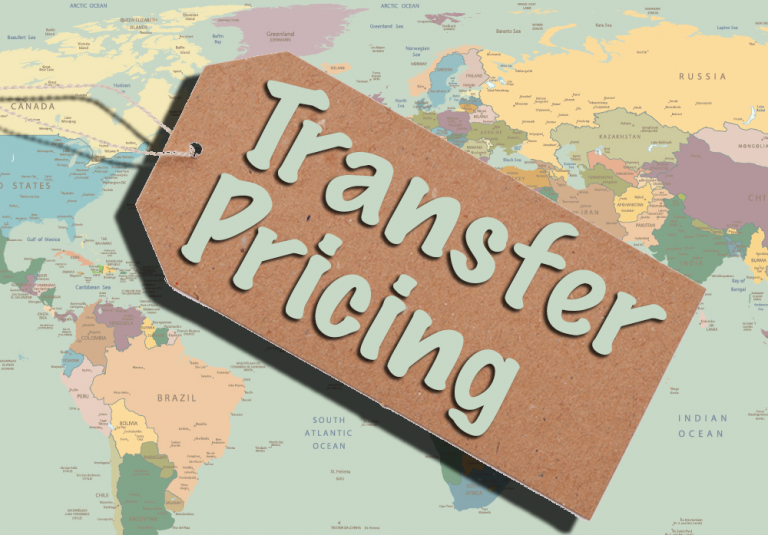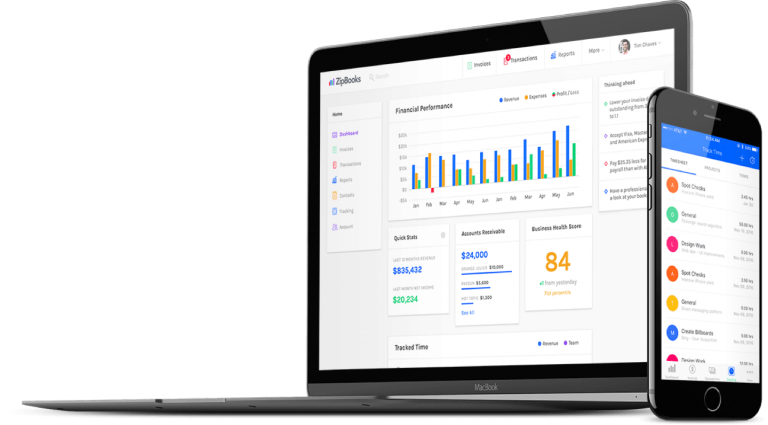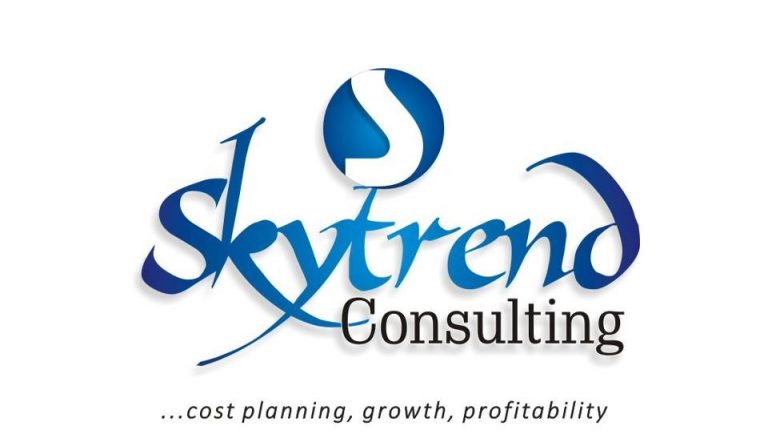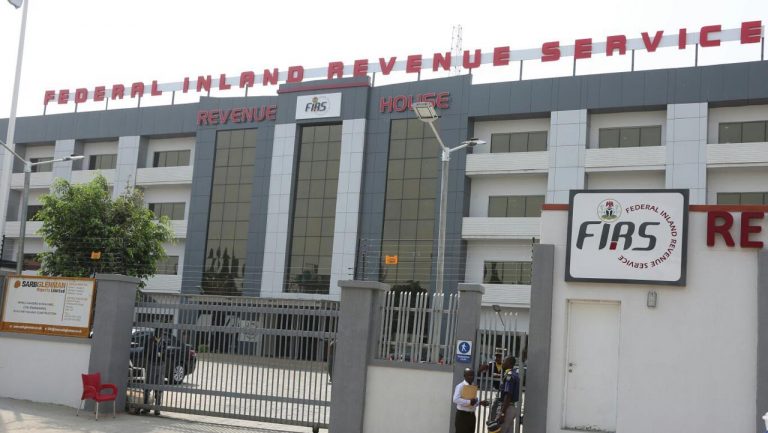Top 13 accounting software for small businesses in Nigeria
Skytrend Consulting is an accounting software solution company incorporated in Nigeria in 2013. When it comes to implementing budget friendly and effective accounting software for small businesses, we are the EXPERT!
No matter how small or big your business is, managing its financial side can be frustrating. Thanks to the digital evolution, you can overcome that stress and have the best accounting software solution for your business do all the heavy finacial recording and task for you. Once you find your top accounting software among all what’s out there, you will be able to do away with Excel nd google spreadsheets and get into the world of proper accounting and double entry principle.
How Does Accounting Software Work?
Once a business’ bank accounts and credit cards are synced with the accounting software, transactions will appear in a queue and can be classified into the categories found on the business’ chart of accounts. After selecting the proper category, transactions begin to populate the business’ financial statements. Business owners can run a financial report in seconds to review profitability, compare revenue and costs, check bank and loan balances, and predict tax liabilities. Having quick access to this financial information gives business owners the power to make important decisions.
Additionally, many accounting software allows third-party application integrations. For example, if a business owner uses a point of sale (POS) system to capture sales transactions, the POS system could potentially integrate with the accounting software to record specific transactions, sales tax liabilities, sales by subcategories, and more. In a service-based business, a time tracking application could integrate with the accounting software to add labor to a client invoice.
There are many different types of accounting software available for small businesses, with varying capabilities and price tags. Generally, the type of industry and number of employees are two factors that can help a small business owner begin to choose the accounting software that is appropriate.
If accounting isn’t your strength or even if it is and you want to save time, read on to see which accounting software is right for your small business.
- FreshBooks
FreshBooks has long been the best accounting software for small business and the freelancing space. With FreshBooks, you can manage all the financial operations from a single dashboard.
You will definitely like the user-friendly interface. To take the functionality to another level, they prioritized integrations.
You can use it with platforms including PayPal, WordPress, Mailchimp, Zendesk and more.
FreshBooks’ features include:
Payment reminders
Recurring invoices with customizable options including due dates and discounts
Online credit card payments
Multi-currency and language billing
Automatic tax calculations for sales tax
Tax-friendly expense categories
Remembered vendors
Time tracking with a Chrome browser extension
Bank deposits, recurring payments, and auto bills with bank integration
Tax help integrations with tax apps, estimates, deductions, and filing tools
Easily integrates with other products including Goggle Workspace and Gusto
- QuickBooks
QuickBooks is an accounting software developed and marketed by Intuit. Its latest cloud-based release was in 2019, but it also offers separate desktop options you can purchase and download. Its products are typically geared toward small and medium-sized businesses, and over seven million businesses use this software.
Not only do the majority of small business accounting professionals use QuickBooks Online, but there are also endless online training resources and forums to get support when needed. All accounting features can be conveniently accessed on one main dashboard, making bookkeeping more fluid and efficient.
QuickBooks features include:
Mobile access
Track income and expenses
Capture and organize receipts
Payroll processing
Send estimates
Track sales and sales tax
Shopify and PayPal integration
Connect bank/credit card accounts
Manage accounts receivable
Invoice and accept payments
30-day free trial
Multiple users (up to 25)
Receipt capture
- SAP
SAP, an acronym for System, Application and Products is one of the leading business software providers in the world. It is an integrated enterprise system mostly used by big companies. It can also be used by small and medium-sized businesses.
The software is one of the leading solution for your small business. SAP which is abbreviation for System, Application and Products, has gone on to establish itself as the fourth largest in the world.
The beauty of SAP is that it can be thoroughly customised – with codes and social departmental designations – to fit a specific company. It is even better in the sense that it allows you account for not only money but physical goods too.
Keeping inventory, raising product orders and reservations and managing/ manipulating stock are just some areas where SAP finds application in the industrial sphere. For a well-rounded accounting software, this delivers everytime.
The software helps you manage your sales tax, finances and account reports. Not only does it manage your finances but also physical goods. It can be used to keep track of inventory, raise product order, manage reservations and stock. SAP can also be used to manage relationships with customers and potential customers. The interesting thing about SAP software is that it can be customized to fit a specific company needs.
- Xero
Xero is another top accounting software solution for small businesses. This software has a clean interface and also fully integrates with a third-party payroll service. Businesses can collect payment online from customers through Xero’s integration with Stripe and GoCardless.
Pros
Cloud-based
Mobile app
Payroll integration with Gusto
Third-party app marketplace
Simple inventory management
Cons
Limited reporting
Fees charged for ACH payments
Limited customer service
Xero was founded in 2006 in New Zealand and now has over two million users worldwide. This accounting software is popular in New Zealand, Australia, and the United Kingdom. Xero has over 3,000 employees and is growing rapidly in the U.S., as well.
Features of Xero include
Send invoices, track them, see when the client sees them
Inventory tracking
Reconcile bank transactions
800+ business apps
Connect to your bank
Exceptional online support
Track payroll
Pay your bills via Xero
Mobile app
Multi-currency
Calculate sales tax
- Zoho Books
Zoho Books is a simple yet scalable accounting software for those who are self-employed and those who want to start a small business. This makes it a unique option on our list of the best accounting software for small business.
Payroll offering is limited in this option, though. Zoho Books offers an excellent cloud accounting for micro-businesses. It is easy to use and budget-friendly. Features are limited, but you can use additional Zoho tools (like Zoho CRM) to boost the functionality as your business grows. Or, you can opt for the complete, all-in-one solution called Zoho One.
Features of Zoho Books include:
Create invoices in seconds
Send payment reminders
Give customers online payment options
Upload expense receipts
Track inventory
Bank reconciliation
Invoice templates
14-days free trial
Operates in multiple languages
Stripe compatible
Project billing
Time tracking
Create, edit, and manage your customer and supplier contacts
- AccountEdge Pro
AccountEdge Pro is desktop accounting software for small businesses founded in 1989 and has developed new features and enhancements over the years. If you need to access your finances on the go or from your smartphone, you can use their cloud-based app or their hosting platform. It’s geared toward small to medium-sized businesses, has a basic version and a pro version, and offers comprehensive accounting solutions full of customizations.
We chose AccountEdge Pro as our best accounting software for experienced accountants because of its robust features and reporting capability. It’s a bit more complex than some of the other software, so this software works best if you’re already familiar with accounting terminology.
AccountEdge Pro’s features include:
Bank feeds with integration
Direct deposit
Inventory management
Payment processing
Turn quotes into invoices
Customer and vendor management
Full-service payroll
Free accountant copy
Data sync with company files
- Wave
Wave is a powerful accounting solution for small businesses and individual contractors. It places significant emphasis on ease of use and synchronicity —letting you link your bank accounts, track your expenses, and balance your books without any trouble. It also lines up with Wave’s additional resources, providing you with an all-in-one solution if you opt to invest in its other products.
The accounting software was founded in Toronto in 2009 and provides software and financial services for small businesses. It’s an invoicing and accounting software that also has credit card processing and payroll services. It’s cloud-based, easy to use, and can be used by business owners with no accounting or bookkeeping experience. All of your data is backed up for extra security, and you can connect your bank accounts to sync your expenses at any time from anywhere.
Wave accounting software and invoicing services are free. Keep in mind that payroll services and credit card processing have charges associated with them, so not all of the features are free, and the free features aren’t as robust as some of the other software options. However, it’s great for new businesses, especially those working with an accountant or another software.
Wave Accounting’s features include:
Unlimited income and expense tracking
Track sales tax on income and expenses
Double-entry system
Multiple users
Dashboard with easy-to-read financials
Organize income and expenses into tax categories
Reports including profit and loss statements and cashflow
- ZipBooks
ZipBooks is a freemium cloud accounting software for small business owners.
You can use it for free if you’re okay with the limitations. But the good news is that the paid plans are quite affordable as well.
With the free version, you can send invoices, manage suppliers/customers and accept digital payments. They have sophisticated features in the premium version for small and mid-sized business owners.
Features of ZipBooks include:
Send unlimited invoices
Manage unlimited vendors and customers
Connect a bank account
Accept payments via Square and PayPal
Payroll processing
Automated reminders (premium)
Dedicated bookkeeper (premium)
Time tracking (premium)
Account reconciling (premium)
- Sage 50 accounting software
Sage 50 Accounting Software has become industry standard in the evolving business of accounting solution implementation. This is because it’s very simplified, easy to learn and use even by non accountants.
The solution is easily customizable for many types of business organizations such as hotels, restaurants, bar, manufacturing, consultancy businesses, trading businesses, schools etc.
The software helps organizations achieve more by simplifying everyday tasks so you can get more work done, helps you get to your data faster and provides tools to help increase organizational efficiency and financial recording accuracy.
Specifically the software has features to set out your charts of accounts as a hotel, and implement a workable system that gives you daily, weekly, monthly reports of your business and finances.
With the software, you can easily determine your turnover, direct & indirect cost, profitability (both gross and net) separately and combined from room sales, restaurant sales, bar sales, and other additional lines of income such as swimming pool, gym and laundry. This will let you easily determine if your hotel is making profit or not and how much. It will also deliver to you which dept is making the greatest sales and costs attributable to such department.
- Sage Business Cloud accounting
Sage Business Cloud Accounting which is an upgraded version of sage 50 previously known as Sage One, is designed specifically for small businesses. Sage Business Cloud has a platform for accounting, payroll enterprise management, customer sales history, expense management, project accounting, compliance management capabilities and much more.
It is a global brand that offers online accounting and business services for small businesses. It was founded in 1981 in Newcastle, England, as a way to develop estimating and accounting software specifically for small businesses.
With Sage, you can spend less time on administrative tasks. The software sends invoices, tracks payments and expenses, and calculates what you owe come tax season. Time-tracking and collaboration tools are two things you won’t get with Sage, and payroll is a separate product.
Sage also works well for medium-sized businesses. If your small business is more mature than most — and you can afford to spend a little extra on your accounting software — take a look at Sage50cloud.
Sage Business Cloud Accounting’s features include:
Manage business finances and cash flow
Accept and receive payments
Create and send invoices
Manage payroll
Available on all devices so you can check your financials on the go
Integrate with your financial institution and other apps including AutoEntry, Zync, and more
Tax compliance tools
Dashboard view with easy-to-read financial reports and analysis
Inventory control
Forecast cash flow
Share access with your accountant in real-time on any device
Add-ons such as human resources management and estimating
- Tally
Tally is Indian made. It provides you with great error detection and correction capabilities. Other functionalities provided by tally includes accounting, finance, inventory, sales, purchase, point-of-sales, manufacturing, payroll, Inventory control, discount, collection reports generated and branch management.
READ ALSO! SAGE 50 ACCOUNTING SOFTWARE: 8 KEY BENEFITS FOR YOUR BUSINESS
Tally contain a platform which carries out accounting aspect support task such as voucher management, bank account integration and payment reminder letters. It also have a sales module platform that records receivables, payables, billing, Invoicing etc. This software is also made up of Shortcut Keys.
- Busy Accounting
Busy Accounting software helps your accounting team to work with great precision and order. It is best suited for small and medium businesses especially those into FMCG, Retail, Trading, Manufacturing, Distribution and Service as it helps them manage their business efficiently. It also supports accounting processes such configurable Invoicing, Financial Accounting (Multi-Currency), multi-Company Accounting, Payroll Management Sales / Purchase Quotations, multi-branch management and more. Tax management is one of its key functionalities.
- Godaddy accounting software
Established in Baltimore, Maryland, in 1997, GoDaddy is a big name in the web hosting and website creation space, but it also offers accounting software for small businesses. It has tools to automate and organize your bookkeeping and accounting solutions and requires no prior accounting knowledge. You can automatically create and send invoices, accept online payments, and view business reports.
GoDaddy accounting software is purpose made for e-commerce business, so you can get started in a few minutes, and it syncs to Amazon, Etsy, eBay, PayPal, and more. Keep in mind that GoDaddy is great for online sellers, but may fall short if you’re a small business looking for comprehensive accounting solutions including automation, tax forms, and payroll.
GoDaddy’s features include:
Syncing with online retailers
Online payment processing
Track sales and expenses
Create and send invoices
Recurring invoices
View business reports including profit and loss
Need an accounting software for your business? Hotline: Call or Whatsapp 0803 385 7245 or 0803 239 3958. If you also have an article or review on financial implementation or an accounting solution you want us to publish, send to blog@skytrendconsulting.com.

